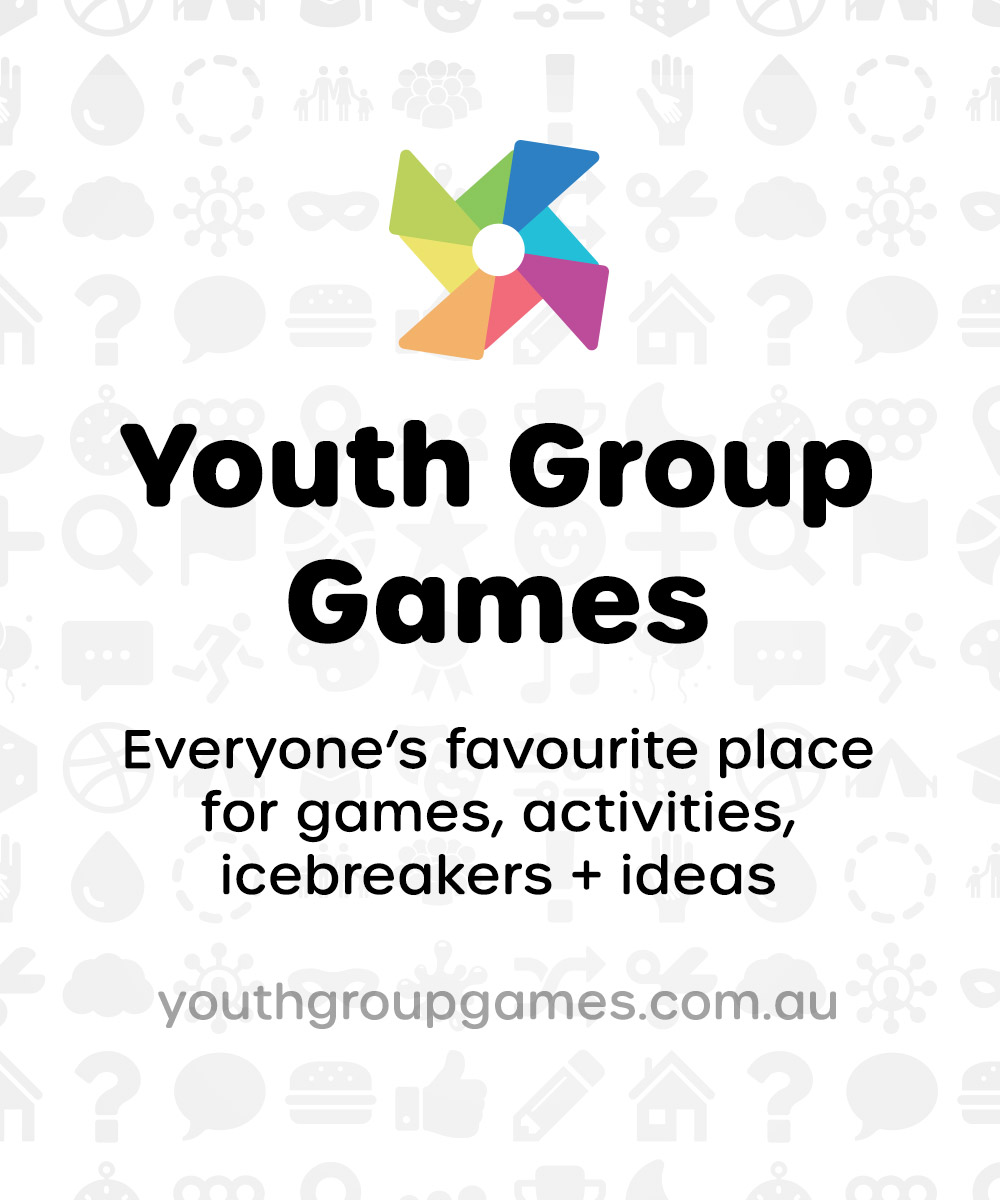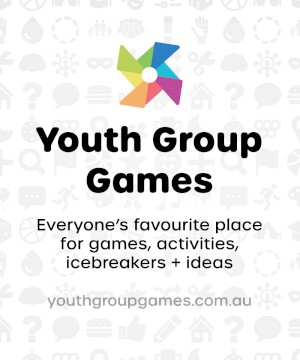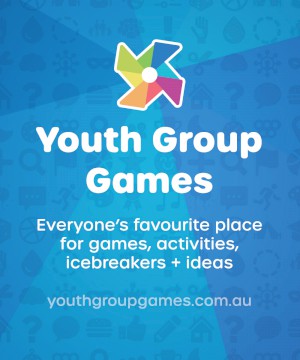I'm all about that blue (no yellow)
An active game
Added by
Rohan
on
How To Play I'm all about that blue (no yellow)
Materials Needed
You'll Need:
Three balls, about the size of a tennis ball, in three different colours. We use blue, yellow and red, but we promise not to look down on you if you choose to use different ones. Peasant.
About 30,000 metres of masking tape
An indoor, quasi-rectangular space. If you do not have one, try your local supermarket.
Four chairs (to act as goals)
This game is vaguely related to both Foosball and pinball, is reasonably active, and can be played indoors. Useful for those delightful winter months. The explanation may look complicated, but bear with me. The actual game is relatively straightforward, and there's enough action to keep everyone on their toes.
Setup:
Use masking tape to divide the space into lanes. Like a pedestrian crossing:
+-----+-----+-----+-----+-----+-----+-----+-----+
| | | | | | | | |
| | | | | | | | |
| | | | | | | | |
| | | | | | | | |
| | | | | | | | |
| | | | | | | | |
| | | | | | | | |
| | | | | | | | |
| | | | | | | | |
+-----+-----+-----+-----+-----+-----+-----+-----+
Details:
1. There must be an even number of lanes
2. Make them a metre or so wide.
3. The number of lanes is equal number of active players. We like to use 10-12, for a group of 20ish. It'll depend on how much space you have, of course.
Then, place two chairs in each endzone:
+-----+-----+-----+-----+-----+-----+-----+-----+
| | | | | | | | |
| X | | | | | | | X |
| | | | | | | | |
| | | | | | | | |
| | | | | | | | |
| | | | | | | | |
| | | | | | | | |
| X | | | | | | | X |
| | | | | | | | |
+-----+-----+-----+-----+-----+-----+-----+-----+
Divide your group into two teams. Place them into the lanes according to the rules below, and get the rest to line up like a relay.
Once you're ready, release the balls [or kraken, I guess, if you prefer].
Rules:
1. The Lanes
a. Each lane has at most one player in it
b. Players can move anywhere in their lane without restriction, but aren't allowed outside at all. They can't even reach over the boundaries.
c. Teams alternate in the lanes. That is, Lane 1 is Team A, Lane 2 is Team B, Lane 3 is Team A, etc. This is why you need an even number of lanes.
d. Endzones: One endzone should belong to Team A (i.e. there is a Team A player in it), and the other to Team B.
2. The Balls.
a. Any of the balls can be moved by rolling it along the ground (like ten-pin bowling).
b. To clarify, roll the ball. Roll. Not throw sideways. Roll. Police this as you see fit. Fast movement is good, broken windows/arms/egos not so much. Actually, scratch that last one.
c. You're only allowed to be controlling one ball at once. You can have more than one in your lane, but you can only be holding/handling one of them.
3. If a player gets out (more on that in a second), they return back to their team, and the next free player from their team takes their place in the lane (like a relay).
4. You can get out in a few ways:
a. You get hit by the red ball anywhere except your hands. So the red ball acts like a dodgeball.
b. You score a goal. This helps to stop any single scorer from dominating the game.
c. A goal is scored, and you're in the endzone at the time. This one is so that you don't get stuck there forever.
d. The referee decides you broke some rule that they totally made up five seconds ago and it's so, like, unfair.
5. The aim is to score goals:
a. Goals are scored between the front legs of either chair (not between the two chairs). It's an intentionally small target. There are two goals in each endzone to stop the player in the endzone from just standing in front of a single goal. Keeps it fast paced and all that.
b. You can only score goals with the blue ball. The others have no effect.
c. Fairly obvious, but Team A is trying to score in the goals defended by Team B, and vice versa.
d. As explained in point 4, when a goal is scored, both the scorer and the defender in that endzone return to their teams, and are replaced.
e. Once a goal is scored, the ball starts again in that endzone. That means that the team who was scored against will start with the ball. Play then continues.
6. You'll have noticed that the yellow ball doesn't do anything. You would be correct. It does add to the drama, though, so I'd strongly recommend keeping it.
The game is won by the team that scores the most goals.
Notes:
If you find players are holding balls for ages, start counting down from a suitably low number. If they're still holding it when you reach zero, smite them with something suitably heavy.
You can randomly change the roles of the three balls- e.g., blue gets you out, yellow scores, red is useless. This will somewhat increase confusion.
Add additional balls. They don't have to actually do anything.
If a ball is out of play for too long, the referee should probably nudge it into somebody else's lane. Keeps it moving and all that.
You can also use the 'useless' ball(s) to knock the other balls around, if you're clever.
And if you get confused, remember, you're all about that blue, 'bout that blue, no yellow. Now if only there was some horribly catchy tune that we could use as a memory aid. Someone should get onto that. I think it would make millions.
Added by
Rohan
on 24 December 2015





Discuss
Add a comment